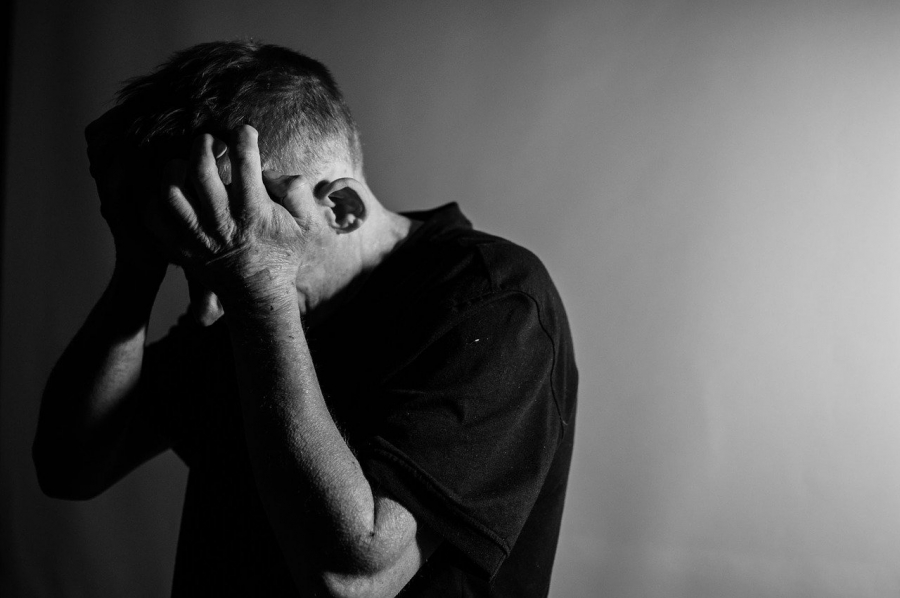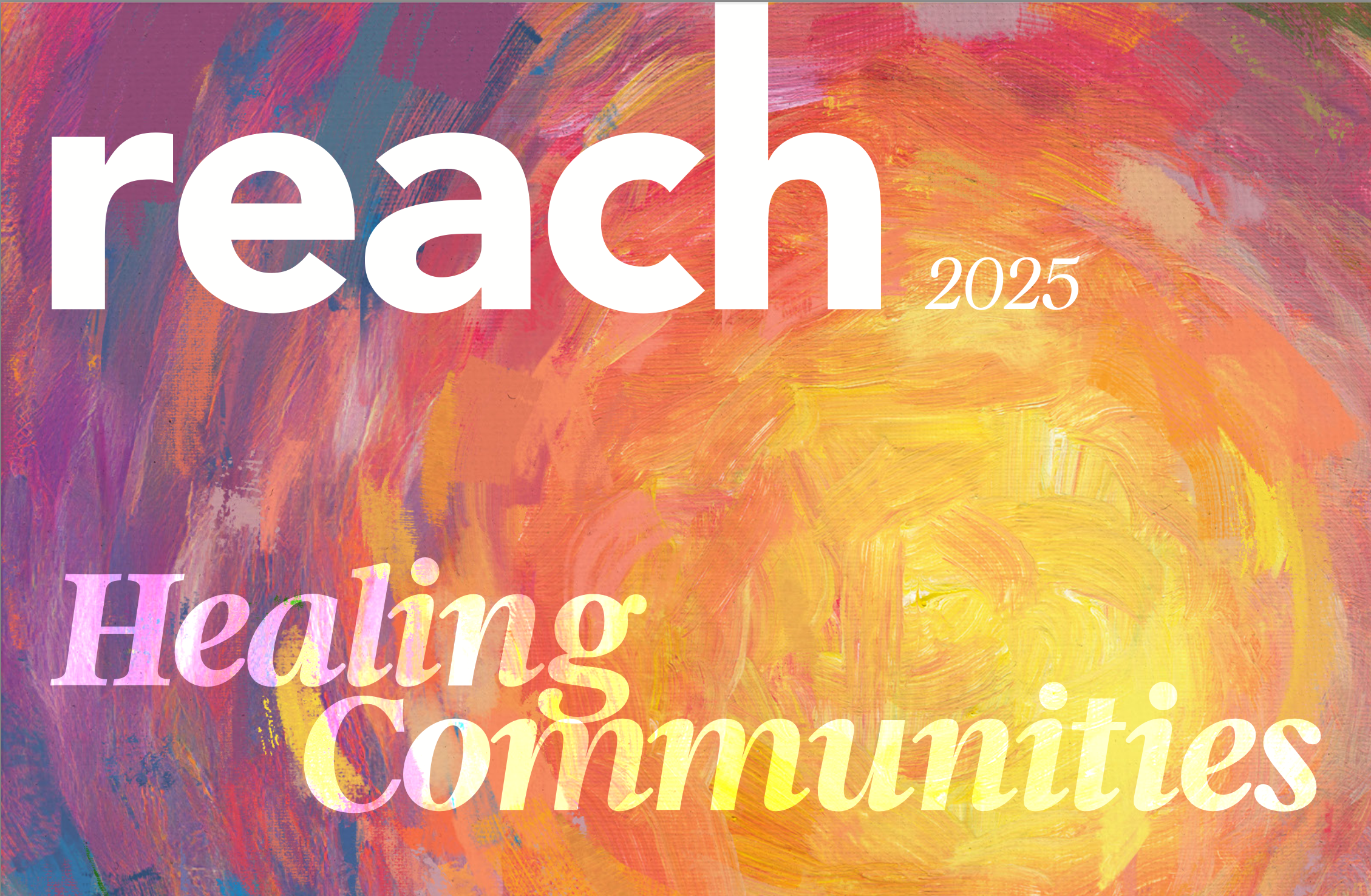
May has been designated as “Mental Health Awareness Month,” because there is no health without mental health. Now, more than ever we are seeing the connection between our physical health and mental health. As we enter the third month of a pandemic, we learn many things about the symptoms that can impact both.
It is important to acknowledge that as our world focuses on the COVID virus, other physical and mental health issues continue to be the priority for so many. We don’t want to marginalize the significance of mental health by focusing only on the COVID virus. Other diseases are continuing to be problematic during the pandemic.
The most common chronic diseases in the United States have a significant connection to anxiety and depression.
The National Institute for Mental Health identifies the most common chronic diseases in the US as:
- Cancer
- Heart Disease
- Diabetes
- Epilepsy
- Stroke
- Alzheimer’s
- HIV
- Parkinson’s
- Arthritis
- Lupus
It is common to feel sad when diagnosed with a chronic disease or feel nervous about the diagnosis. These are expected responses. But, often there is a change in brain functioning that occurs with chronic disease, and as a result, severe depression or anxiety develop.
The initial sadness and nervousness may go away with time and supports, but occasionally other conditions develop that need special attention-Depression being one. The initial depression may alleviate after some time, but it does not, it is important to recognize the symptoms and reach out for help.
Depression includes the symptom of feeling sad, but there are other symptoms that go beyond how someone feels. When someone is depressed they also may:
- Lose interest in things that they enjoy
- Experience a change in sleep patterns and eating patterns
- Isolate and not feeling any pleasure or joy in doing things.
People with depression can also have feelings of suicide. Any time there are thoughts of suicide, it is critical to reach out for help immediately. Anxiety and depression often are diagnosed together because anxiety can lead one to withdraw and isolate leading to depression. Feeling unable to control the worry associated with life, and having that interfere with functioning are the basic components of anxiety.
Studies show that heart attack and stroke patients often have depression following the event, and the depression often intensifies the medical issues and impacts recovery. Likewise, anxiety and depression can impact the recovery from other chronic diseases.
There is no age requirement to have symptoms of anxiety and depression-children and adolescents as well as adults, diagnosed with a chronic disease condition can begin to show symptoms of depression. These disorders do not have to be a normal part of the recovery from a chronic illness. It is important to communicate symptoms to a primary care provider, or reach out to learn more about anxiety and depression and the recovery process. Any time these symptoms are interfering with life, or the recovery from a chronic disease, treatment can help.
Medication and therapy are both effective in reducing depression and anxiety as well as achieving full recovery. This website offers resources such as on line screenings that can help to clarify symptoms, take some time to do some self-evaluation and check out
Finally, it is important to recognize that caregivers may also develop depression and anxiety. Caregivers often feel a sense of grief and loss with the diagnosis as well as the added burdens to their role. A caregiver might not have the connection to medical professionals to be evaluated for signs of depression. It is important to keep the caregivers healthy, too. There are many supports and resources available in our Information Library, or call the office location nearest you.


